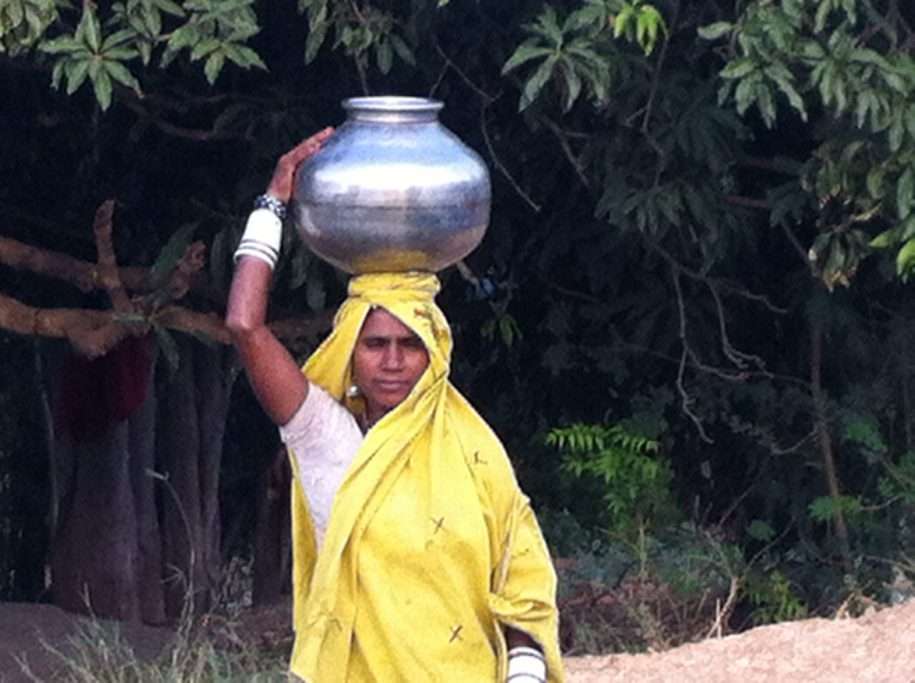The links between poverty alleviation and sanitation facilities have been established and universally recognized. Developments like these in the WASH sector are, thus, very much called for. As you read, there are children in various parts of the world who are taking life-saving drugs with disease-ridden water. There are teenage girls dropping out of school because menstrual hygiene is a taboo. A staggering 2.5 billion people across the world still remain without access to a basic toilet! While the ill-effects of the lack of proper sanitation are now widely realized and addressed through innovative methodologies like Community-Led Total Sanitation, there is very little awareness around the economics of investments in sanitation and how it helps in poverty alleviation. For a quick glimpse, consider the following facts published by the Water Supply and Sanitation Collaborative Council as part of their GDP for GDP (Good Dignity Practices for Gross Domestic Product) campaign in 2011:
- Investing in sanitation and hygiene leads to higher levels of education. Every 1% increase in female education increases economic growth by 0.37%.
- If everyone had access to adequate sanitation and water services, the world’s health sectors would save around US$ 12 billion every year.
- Improved sanitation could generate 350 million extra tourism dollars each year for Cambodia, Indonesia, Philippines and Vietnam.
In one of our own studies at Centre for Development Finance, we found that the market potential for household toilets in urban India is estimated to be 1.04 crore units, which covers gaps in households across all statutory towns. The investment requirement for these units would be an estimated Rs 20,000 crores! The sector, however, faces constraints to financing. Subsidy-driven programmes, in order to target the most economically weaker sections, have failed to address the financing needs of the remaining urban poor. Private financial institutions have cited paucity of funds across the financial delivery chain in the limiting regulatory environment in the current scenario.
Clearly, there is a need for strong market-based solutions that extend affordable capital to households leveraging on their ability to pay for their own solutions. Solutions to the sanitation crisis could also come in the form addressing social and environmental considerations. Financial institutions, in addition to providing finance, could also offer customers guidance on construction and maintenance, quality control during construction, and monitoring the utilization of loans and sustained use of facilities. Since the incentives for addressing these considerations appear limited for the private sector, these could be managed better with an enabling regulatory environment. The severest challenge to the sector, however, remains demand generation which can only be achieved through awareness.
As governments of the 193 countries embark on achieving the ambitious SDGs, there is a need to acknowledge constraints that grow with an ever-growing population – especially in urban spaces, and develop sustainable solutions – market-oriented, public-sector driven and philanthropic. So if you think the cartoon on this blog speaks to you in any way, let us start talking about ensuring access to clean water, and ending open-defecation. I am sure everybody will agree that there are better ways to
know that a station is approaching when we travel by trains.


